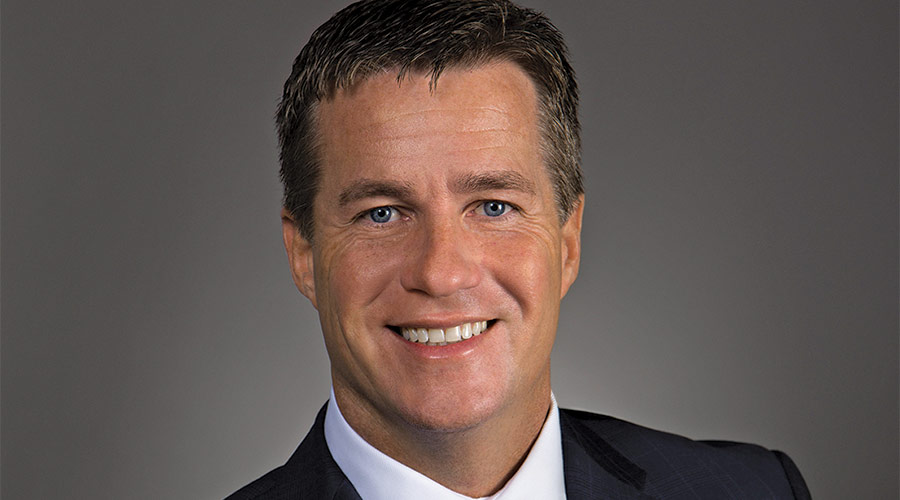CP’s ‘pivot to growth’ strategy will continue to pay off, Creel says
1/22/2021
By Jeff Stagl, Managing Editor
Despite the business-crunching effects of the pandemic, 2020 was a phenomenal year for Canadian Pacific. The railroad generated exceptional financial and operational results, said CP President and Chief Executive Officer Keith Creel Jan. 20 during the Midwest Association of Rail Shippers’ virtual winter meeting.
CP exploited the benefits of its precision scheduled railroading operating plan — including productivity, service performance reliability, efficiencies and cost control — to overcome the impacts of COVID-19, he said. The momentum generated in 2020’s latter half has carried into this year.
“We were outpacing expectations coming into the first month of 2021,” Creel said, adding that CP plans to remain focused on its strengths to continue growing.
For the past four years, the railroad has employed a “pivot to growth” strategy crafted to exploit the railroad’s disciplined operations, talented management team and lucrative capacity, he explained. The strategy — which has helped CP lead the Class Is in annual volume the past two years — is expected to generate business with new and existing customers based on the high service value the railroad now can offer.
Additional volume and better service — along with expanded capacity — were chief among the reasons CP acquired the Central Maine & Quebec Railway last year. The Class I now has a larger coast-to-coast network across Canada, provides direct service to the state of Maine for the first time in decades, and offers a route that’s about 200 miles shorter than the competition so shipments move faster from the East Coast into Montreal and Toronto.
“This has been a game changer. It has transitioned into a growth engine for us,” said Creel. “The coast-to-coast access is important. We will leverage this [shorter route] going forward.”
CP also plans to better deepen its relationships with short lines, which generate about half of the Class I’s volume. CP has not invested in or built up short-line relationships as much as it should to build traffic, said Creel.
“Short lines are a natural extension of our railway [and] are good for collective costs,” he said.
Another traffic-growth target: grain. As a bulk railway, CP has registered good grain volume — including record amounts in 2020 — but it could be better, Creel believes.
To that end, the railroad continues to emphasize an 8,500-foot-, high-efficiency train model for moving grain with 134 cars instead of 112 in the previous model. That enables the Class I to move 44% more grain per train. CP also is spending CA$500 million to acquire 5,900 new hopper cars by 2022’s end.
“There has been an effort to build a more efficient grain supply chain in North America,” Creel said.
Growing business in an environmentally responsible manner is an important objective, as well. To that end, the Class I is developing a transload and logistics center near its intermodal terminal Vancouver, British Columbia.
The facility will help reduce greenhouse-gas emissions in the region, to the tune of about 4,000 tons of carbon dioxide in its first year of operation, said Creel. The center also will divert many trucks from area roads.
“It will take 400 trucks a day off of [highways],” he said.
Creel also talked about the role of embracing technologies for both financial and safety gains. For example, a new broken rail detection system is helping to prevent derailments in dark territory.
The railroad initially installed the system on portions of its North Line and expects to implement the technology in nine subdivisions extending eastward from Wetaskiwin, Alberta, into Saskatchewan by 2021’s end.
In 2019 and 2020, the railroad had several high-profile derailments in the territory.
“We weren’t safe enough,” Creel said.
CP had considered installing centralized traffic control (CTC) in the territory, but it would have been costly and taken a “monumental effort” to implement, he said. Instead, a CP team developed a broken rail detection system based on technologies used in the pipeline and other industries that can be installed at one-tenth of CTC’s cost.
“Trains now operate at 25 mph in the territory. As we convert to the broken rail detection technology, we can get that up to 40 mph,” said Creel. “It’s a considerable needle mover.”


